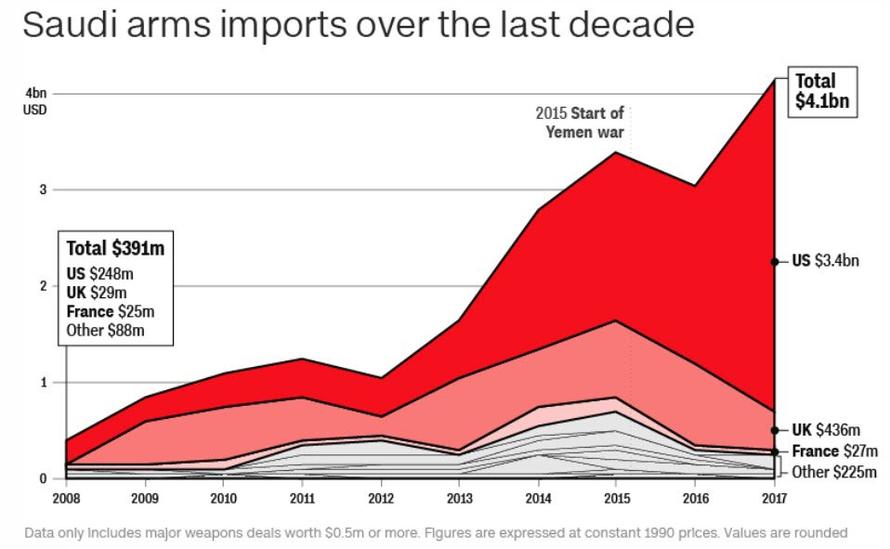
Dutch merchants provided them with batches of strategic materials and total package-deals of armaments for entire army and navy units. However, the major part of the Dutch arms exports flowed to allies such as France, Venice, Sweden and the German protestant states. From this study it can be concluded that the system of export control had only a limited effectiveness regarding the creative arms exports to Spanish Habsburg destinations, due to divergent central and local interests. As a result, the supply side of the export market was oligopolistic, but the composition of the group of oligopolists varied depending on the region and the prevailing market conditions in question. In particular, the system of passports shows how merchants, acting as intermediaries between allies and the States-General and the admiralties, could meet the volatile demand of war materials. These exports required a system of passports, still an under-researched theme in current literature, organized by the States-General and admiralties in order to support exports to neutral and allied states, but to forestall these did not fall into enemy hands.

In particular between 15, Dutch merchant-entrepreneurs built up a burgeoning arms industry and sector of arms exports.

The Dutch Republic underwent a process of state formation, accelerated economic growth and military reforms during the Eighty Years War.


 0 kommentar(er)
0 kommentar(er)
